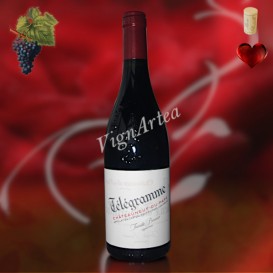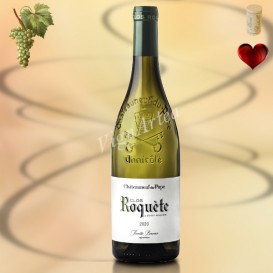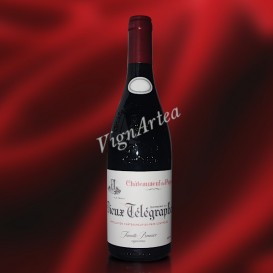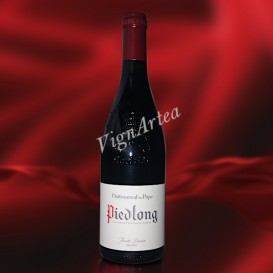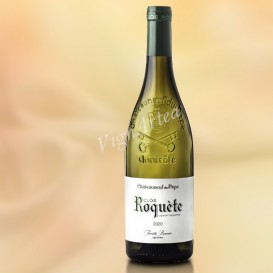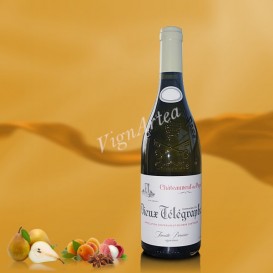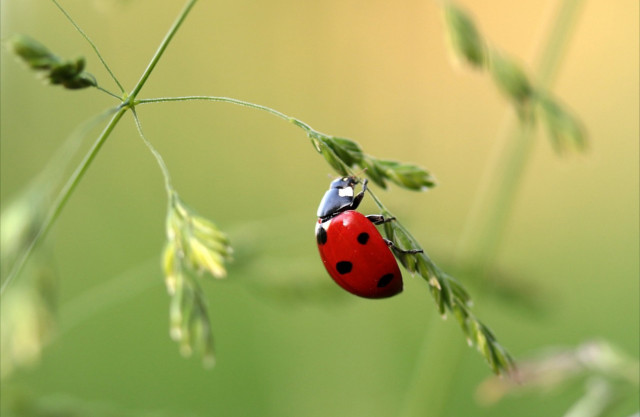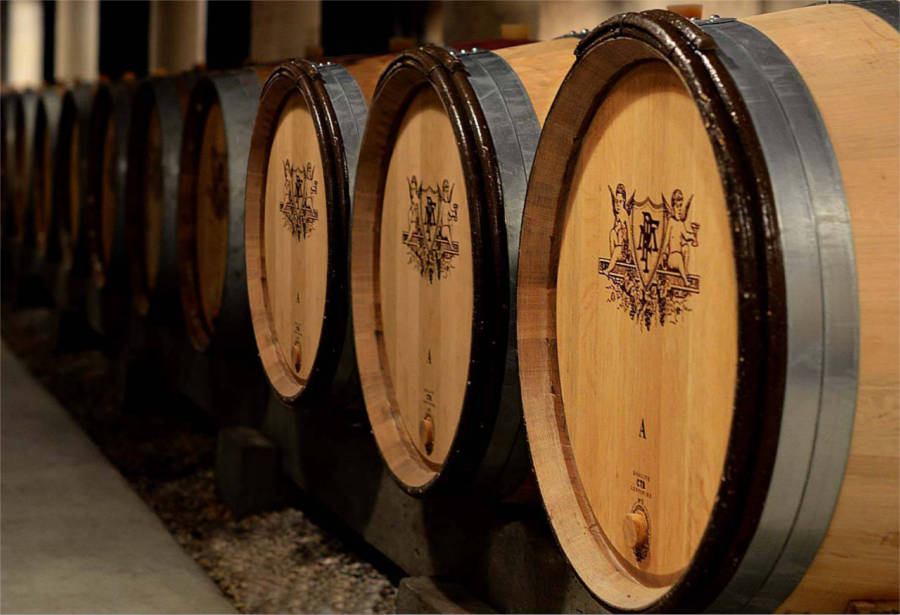Domaine VIEUX TÉLÉGRAPHE

CHÂTEAUNEUF-DU-PAPE 55 ha SUSTAINABLE AGRICULTURE WINEMAKER: Famille BRUNIER
ESTATE HISTORY
The Vieux Télégraphe Estate represents 125 years of existence where the Brunier family has been cultivated vines on this magnificent pebbles terroir, whose origin were caused by the alpine glaciers melting that took place in the Quaternary, a million years ago.
TERROIR
The oldest estate plot is located at a place called La Crau whose thick layer of pebbles rolled into a land once considered ungrateful and unfit for culture. It was planted with vines in 1891, when Henri Brunier donated this plot to his son Hippolyte. The wines then produced were named "Vieux Télégraphe", because of the presence of a signal tower installed there in 1821 by the inventor of the optical telegraph, Henri Chappe.
Six generations have since followed, expanding the estate to 55 hectares. In 1986, the Brunier family bought the domaine de la Roquète , whose vineyards are located in Pignan and on the Piedlong plateau, and which produces the wines Piedlong in red and Clos de la Roquète in white. The Domaine de la Roquète has definitely merged with the domaine du Vieux Télégraphe in 2017.
The extension of the domain continues, with a current total surface of 100 hectares distributed in AOP Châteauneuf-du-Pape, AOP Ventoux, and IGP Vaucluse. Must also be added the exploitation of the domain Les Pallières, in partnership with Kermit Lynch in 1998, and the creation of a vineyard in Lebanon, "Massaya".
WINEGROWING & WINEMAKING
The work philosophy has never changed since the estate's creation. It is based on a so-called "sustainable" culture. The treatments carried out in the vineyards are in accordance with the rules applied in organic farming and provided in a well thought way, because the goal of the Brunier family is to produce wines without chemical residues and with a minimal external pollution. The grape harvests are manual and the grapes are carefully sorted because "Fine fruit is essential for a fine vintage". In the cellar, vinification and ageing are traditional: destemming, capmoistening, cap-punching, temperature management, fermentation time, and so on, are adapted to each wine and each vintage, so that the final product meets two requirements: personality and balance.
The bet was won, the last vintages tastings revealed wines of great elegance, with a silky juice of a rare palatability.
-
TELEGRAMME 2022 - Red Wine (Famille Brunier - Domaine du Vieux Télégraphe)
42,90 € In stock!RHÔNE - AOP CHÂTEAUNEUF-DU-PAPE - RED WINE
Grape varieties: Grenache (80%) - Syrah (10%) - Mourvèdre (6%) - Cinsault (4%)
Ageing in 30 to 60-hl oak tunes for 15 to 16 months
Tasty - Fresh - Round
- Nose: tasty and expressive. Notes of crunchy red and black fruit, marshmallow and a hint of sweet spices.
- Palate: smooth and juicy, with mellow tannins. Very pleasant mouthfeel.
- Tasting date: September 2024.
- OUR OPINION: 2022 is a very gourmet vintage! A real favourite!
- Nose: tasty and expressive. Notes of crunchy red and black fruit, marshmallow and a hint of sweet spices.
-
CLOS ROQUETE 2022 (Domaine du Vieux Télégraphe)
43,90 € In stock!RHÔNE - AOP CHÂTEAUNEUF-DU-PAPE - DRY WHITE WINE
Grape varieties: Roussane (33%) - Clairette (33%) - Grenache blanc (34%)
Lees ageing for 10 months in oak barrels
Fresh - Tasty - Elegant
- Nose: Fresh and fruity. Notes of yellow peaches and citrus fruit, underlined by a hint of verbena.
- Palate: supple, full-bodied and long-lasting. Lingering finish.
- Tasting date: November 2024.
- OUR OPINION: a very fine vintage, tasty and well-balanced, fresh and thirst-quenching.
- Nose: Fresh and fruity. Notes of yellow peaches and citrus fruit, underlined by a hint of verbena.
-
VIEUX TELEGRAPHE LA CRAU 2020 - Red wine
82,00 € OUT OF STOCK!OUT OF STOCK!RHÔNE - AOP CHÂTEAUNEUF-DU-PAPE - RED WINE
Grape varieties: Grenache noir (65%) - Mourvèdre (15%) - Syrah (15%) - Cinsault and others (5%)
Ageing in 60hl french oak tune for 20 to 22 months
- Nose: refined and elegant. Tasty notes of crunchy red & black fruits, sweet spices with a touch of roasted coffee beans.
- Palate: silky. Tannins of great finesse. Perfect balance. Fruity finish.
- Tasting date: April 2023.
- OUR OPINION: still a success! The 2020 vintage is very elegant, well balanced and pure. A safe bet!
- Nose: refined and elegant. Tasty notes of crunchy red & black fruits, sweet spices with a touch of roasted coffee beans.
-
PIEDLONG 2020 - Red Wine (Domaine du Vieux Télégraphe)
58,00 € In stock!RHÔNE - AOP CHÂTEAUNEUF-DU-PAPE - RED WINE
Grape varieties: Grenache (90%) - Mourvèdre (10%)
Ageing in 60hl french oak tune for 20 to 22 months
- Nose: elegant and tasty. Notes of crunchy red and black fruits, sweet spices with a hint of peony.
- Palate: supple and silky, pleasantly perfumed, perfect balance.
- Tasting date: March 2023.
- OUR OPINION: succulent! This vintage offers a lot of finesse and elegance. It is a real delicacy, perfectly balanced. Great class!
- Nose: elegant and tasty. Notes of crunchy red and black fruits, sweet spices with a hint of peony.
-
CLOS ROQUETE 2020 (Domaine du Vieux Télégraphe)
40,00 € In stock!RHÔNE - AOP CHÂTEAUNEUF-DU-PAPE - DRY WHITE WINE
Grape varieties: Roussane (33%) - Clairette (33%) - Grenache blanc (34%)
Lees ageing for 10 months in oak barrels
- Nose: expressive and fresh. Notes of white peach, apricot, white flowers, with a hint of anise.
- Palate: supple, fresh and thirst-quenching. Nice tonicity. Persistent finish.
- Tasting date: October 2022.
- OUR OPINION: this vintage is very well balanced and tasty. It is one of those Châteauneuf-du-Pape white wines of very good quality, elegantly perfumed and of great freshness. Great class.
- Nose: expressive and fresh. Notes of white peach, apricot, white flowers, with a hint of anise.
-
VIEUX TELEGRAPHE LA CRAU 2019 - White wine
64,00 € OUT OF STOCK!OUT OF STOCK!RHÔNE - AOP CHÂTEAUNEUF-DU-PAPE - DRY WHITE WINE
Grape varieties: Clairette (40%) - Grenache blanc (25%) - Roussane (25%) - Bourboulenc (10%)
Lees ageing for 12 months in oak barrels, demi-muids and 30-hl tunes
- Nose: delicate and slightly aniseed flavour. Notes of pear, lychee, apricot, with a hint of almond.
- Palate: tonic and tasty. Long and slightly aniseed finish.
- Tasting date: March 2021
- OUR OPINION: a very great gastronomic wine, complex and tasty. Excellent!
- Nose: delicate and slightly aniseed flavour. Notes of pear, lychee, apricot, with a hint of almond.

